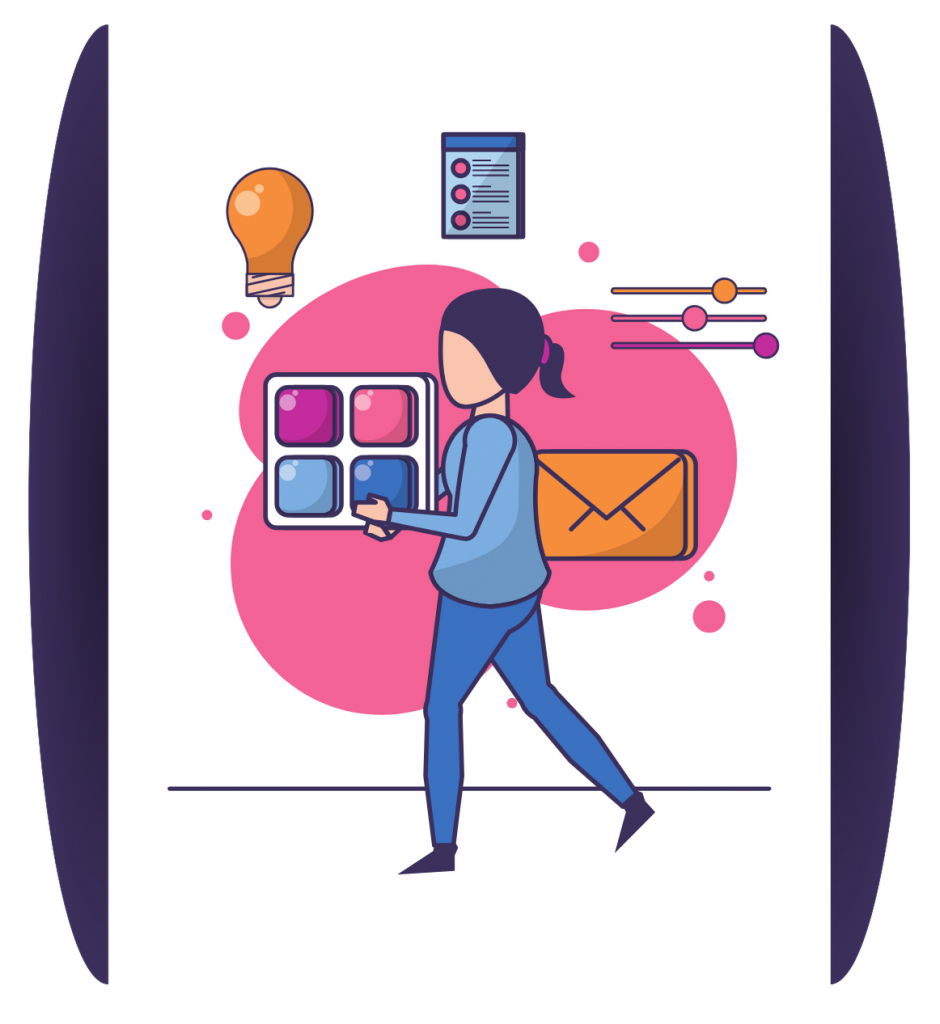Model effective classroom management and collaborative learning strategies to maximize teacher and student use of digital tools and resources and access to technology-rich learning environments
ISTE Coaching Standards (2014)

Resonant Ideas: Classroom Management + Collaborative learning
In SPU’s Digital Education Leadership program we used three different learning management systems (Canvas, Google Classroom, and Microsoft Teams) in order to experience what it’s like to use these tools from the student’s perspective. Though nothing could have fully prepared us for the overnight remote teaching required by the current pandemic, it nevertheless gave us hands-on experience that proved invaluable. My district uses Microsoft Teams, and for all its frustrations, it has become the lifeline connection between teachers and students, enabling them to attend live meetings, access and turn in assignments, and keep up with classmates. I don’t know how we would do this without it.
In my post Digital Classroom Commons, I took a deep dive into comparing Microsoft OneNote and SeeSaw as options to assist with classroom management, formative assessment, and collaboration. Though not considered learning management systems, per se, they can be used for much of the day to day lesson organization, assignment gathering, tracking, and grading. In fact, most teachers at my school are using OneNote in conjunction with Teams for all remote learning interaction. These products are a prime example of digital tools that offer more (flexibility, differentiation, and time savings) than their analog counterparts.
OneNote and Teams work best in a world of one-to-one devices. One of the most challenging aspects of using technology in the classroom is a shortage of devices for students. However there are many learning situations that don’t require one-to-one and in fact are enhanced by working on a device together. In my post Pair Programming in K-8, I look at how sharing a device and collaborating while coding can actually increase learning and engagement, particularly for girls.
I can’t leave this indicator without mentioning my love affair with digital mind-mapping tools. I had never used one before the DEL program, but now find them indispensable for organizing my thoughts, particularly when dealing with a complex topic. My post, Does Digital Mind Mapping have a Place in K-5 Classrooms? describes the different types of mind maps and the many ways they can be useful in the elementary classroom, including as a collaboration tool.